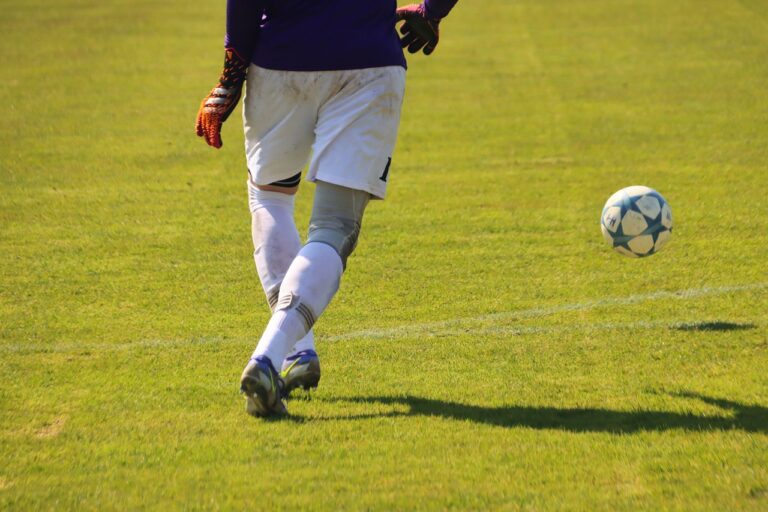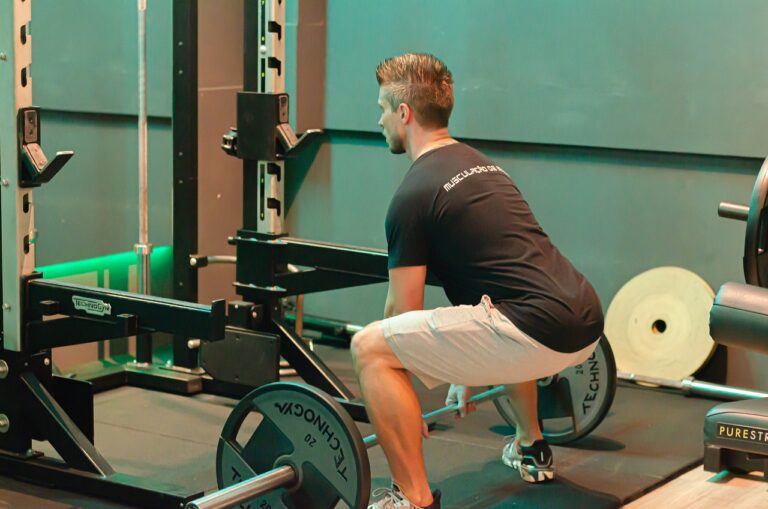Leveraging Technology for Remote Patient Monitoring
Advancements in technology have revolutionized the healthcare industry, allowing for more efficient and effective patient care. One area where technology has had a significant impact is in remote patient monitoring. Remote patient monitoring involves the use of technology to monitor patients outside of traditional healthcare settings, such as in their homes. This allows for real-time monitoring of vital signs, symptoms, and other health metrics, enabling healthcare providers to keep track of patients’ health status and intervene as needed.
Benefits of Remote Patient Monitoring
There are numerous benefits to remote patient monitoring, both for patients and healthcare providers. Some of the key advantages include:
Improved Access to Care
Remote patient monitoring allows patients to receive care from the comfort of their own homes, eliminating the need for frequent trips to the doctor’s office or hospital. This can be especially beneficial for patients with chronic conditions or mobility issues.
Early Detection of Health Issues
By continuously monitoring patients’ health metrics, healthcare providers can detect issues early on and intervene before they escalate. This can lead to better outcomes for patients and reduce the likelihood of hospitalizations or emergency room visits.
Personalized Care
Remote patient monitoring allows for more personalized and tailored care plans. Healthcare providers can use the data collected from monitoring devices to adjust treatment plans and medications based on individual patient needs.
Technologies Used in Remote Patient Monitoring
There are a variety of technologies used in remote patient monitoring, ranging from wearable devices to mobile apps. Some of the most common technologies include:
Wearable Devices
Wearable devices, such as smartwatches and fitness trackers, can monitor vital signs like heart rate, blood pressure, and oxygen levels. These devices can provide real-time data to healthcare providers, allowing for continuous monitoring of patients’ health status.
Mobile Apps
Mobile apps can be used to collect and transmit data from monitoring devices to healthcare providers. These apps can also provide patients with educational resources, reminders for medication or appointments, and tools for tracking their health metrics.
Telemedicine Platforms
Telemedicine platforms enable virtual consultations between patients and healthcare providers. These platforms can be used for follow-up appointments, medication management, and monitoring of chronic conditions.
Challenges of Remote Patient Monitoring
While remote patient monitoring offers many benefits, there are also challenges that need to be addressed. Some of the challenges include:
Privacy and Security Concerns
Collecting and transmitting sensitive health data raises privacy and security concerns. Healthcare providers must ensure that patient data is protected and comply with regulations such as HIPAA.
Integration with Existing Systems
Integrating remote patient monitoring data with existing electronic health records (EHR) systems can be a challenge. Healthcare organizations need to ensure that data collected from monitoring devices is easily accessible and integrated into patients’ medical records.
Training and Education
Healthcare providers and patients may require training to use remote patient monitoring technology effectively. Education on how to interpret and act on monitoring data is essential for successful implementation.
Future Trends in Remote Patient Monitoring
As technology continues to advance, the future of remote patient monitoring looks promising. Some of the trends to watch out for include:
Artificial Intelligence (AI)
AI can be used to analyze the vast amounts of data collected from remote patient monitoring devices. AI algorithms can identify patterns, trends, and anomalies in patient data, helping healthcare providers make informed decisions about patient care.
Internet of Things (IoT)
The Internet of Things (IoT) refers to the interconnection of devices that collect and transmit data over the internet. IoT devices can be used in remote patient monitoring to enable seamless communication between monitoring devices, healthcare providers, and patients.
Blockchain Technology
Blockchain technology offers a secure and decentralized way to store and share health data. By using blockchain technology, remote patient monitoring data can be securely stored and accessed by authorized parties, ensuring privacy and security.
FAQs
What is remote patient monitoring?
Remote patient monitoring involves using technology to monitor patients outside of traditional healthcare settings, such as in their homes. This allows for real-time monitoring of vital signs, symptoms, and other health metrics.
How does remote patient monitoring benefit patients?
Remote patient monitoring can improve access to care, enable early detection of health issues, and provide personalized care plans tailored to individual patient needs.
What technologies are used in remote patient monitoring?
Some of the technologies used in remote patient monitoring include wearable devices, mobile apps, and telemedicine platforms.
What are the challenges of remote patient monitoring?
Challenges of remote patient monitoring include privacy and security concerns, integration with existing systems, and the need for training and education for healthcare providers and patients.
What are the future trends in remote patient monitoring?
Future trends in remote patient monitoring include the use of artificial intelligence, Internet of Things devices, and blockchain technology to improve data analysis, communication, and security.







